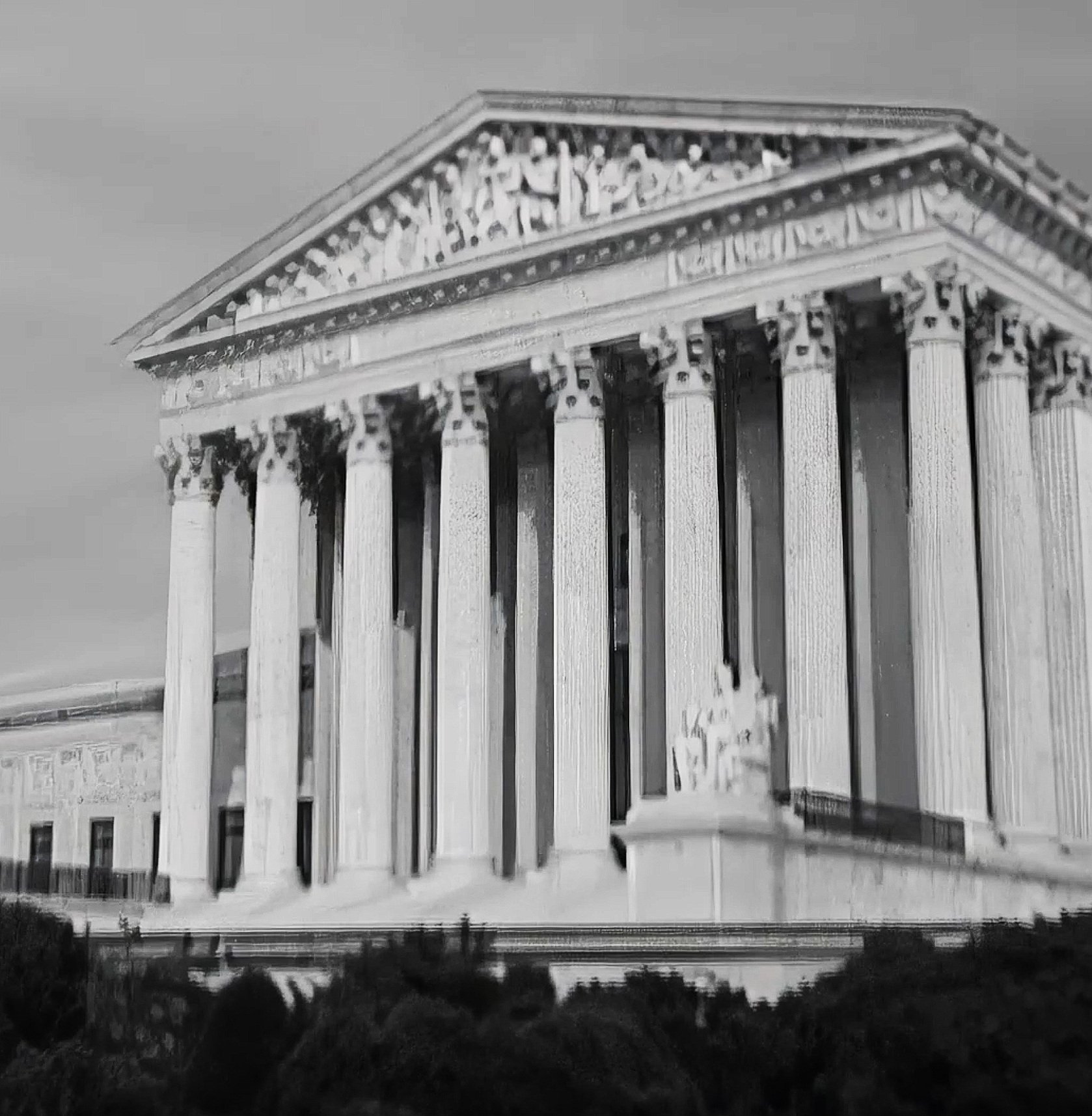A BRIEF HISTORY of REPRODUCTIVE RIGHTS
in the United States of America



Did you know that abortion was legal in the United States of America until the late 1800s?
Till then, common law allowed abortion before fetal movement which usually happens around four months of pregnancy. Abortions were performed by midwives using a combination of herbs and medications. Midwives were trusted legitimate medical women who provided lifesaving procedures for many women in need.
Before the Civil War, many of these medical services were performed by enslaved Black women. Unfortunately, because of slavery and white supremacy, Black women themselves weren't permitted to have abortions because these women were viewed as property. Many enslaved black women would have abortions in secret. Before abortion became legal, white men were rarely involved in offering gynecological or obstetric services. This situation changed after the end of the Civil War when a group of white male doctors worked to outlaw abortion across the country.
In 1847, doctors banded together to form the AMA American Medical Association. It became the male-dominated authority on medical practices. The AMA scrutinized reproductive health care workers, like midwives and nurses, and the services they provided were phased out. AMA members launched a full-fledged criminalization campaign against abortion and female abortion providers. State legislatures moved to ban abortion.
By 1880, all states had laws to restrict abortion — with exceptions in some states if a doctor said the abortion was needed to save the life or health of the patient, or for therapeutic reasons. Wealthy women could use their means to travel to locations where they would receive care, but many women were forced to endure unwanted pregnancies or turn to dangerous measures to obtain an abortion.
The laws started to shift in the late 1960s when one by one, states began to legalize abortion in special cases. After another decade of struggle, the landmark Supreme Court decision, Roe vs Wade was implemented in 1973. The right to a safe abortion would now be protected by law. However, this did not mean that everyone would have equal access to reproductive healthcare. Black and Latino women still faced increased discrimination, but Roe vs. Wade was a huge step forward for women's rights.
Five decades later, in June 2022, the Supreme Court overturned Roe vs. Wade, marking it as the first time in history that the Supreme Court had taken away a fundamental right.